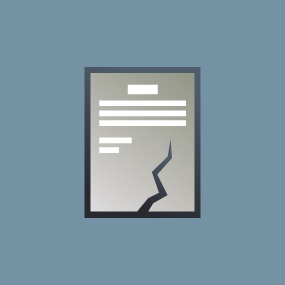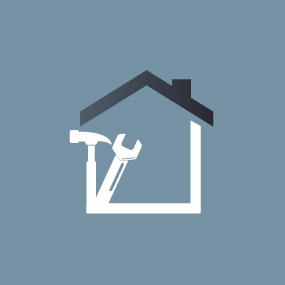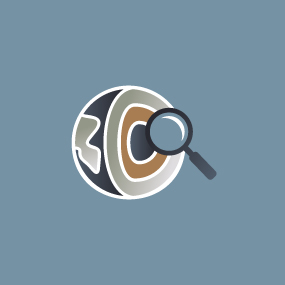Our Workforce
CEA is based in Sacramento, CA. The CEA team is made up of a diverse staff with differing experiences and cultures. Helping Californians learn how to protect themselves and lessen their risk for earthquake damage is important to all of us—because we love this beautiful state!
Employment Opportunities at CEA
The CEA workforce is composed of employees subject to civil service provisions, contract employees, and staff hired through private employment agencies.
For those seeking civil service employment at CEA, the California Department of Human Resources (CalHR) CalCareers website also provides information on how to apply for any State job, create applications and apply online, and receive notices about vacancies.
For answers to questions regarding employment at CEA, please contact:
- CEA's Human Resources: (916) 661-6300 or HumanResources@calquake.com
What Does CEA Do?

Earthquake Insurance
Our goal is to help California’s ability to prepare for and recover from damaging earthquakes. We help residents understand and manage their risk of financial loss from damaging earthquakes by providing affordable and valuable earthquake-insurance products.

Retrofits
Our outreach encourages Californians to strengthen their homes and secure their belongings to help increase their safety and reduce their risk of earthquake damage. Through our brace and bolt programs, we have helped thousands of Californians strengthen their houses against earthquake damage.

Education
We help Californians learn about and understand their seismic risks, and how earthquake-loss mitigation and insurance can help them prepare to survive and recover from damaging earthquakes. We also sponsor the Great California ShakeOut, an annual drill that teaches people how to safely respond in an earthquake, and promote the Seven Steps to Earthquake Safety, which helps people before, during, and after a damaging quake.

Wildfire Fund
Since 2019, CEA also has administered the Wildfire Fund, a fund that was established by the Legislature to provide a source of money to reimburse participating utility companies for eligible claims that result from covered wildfires.

Research
Over the years we have been able to enhance CEA insurance products and earthquake-risk awareness through knowledge gained from research in social sciences and in seismic science and engineering.

Diversity, Inclusion, and Belonging Advisory Council
At CEA, our employees represent our greatest strength. We are proud to embrace a diverse workforce and continue to champion inclusion and belonging in the workplace and in the communities we serve. Our histories, cultures, and backgrounds are integral parts of our CEA identity. Our staff-driven Diversity, Inclusion and Belonging Advisory Council (DIBAC) helps to guide CEA’s priorities and long-term commitment to ensure equity, equality, and racial justice are firmly embedded in our culture, activities, and programs.
